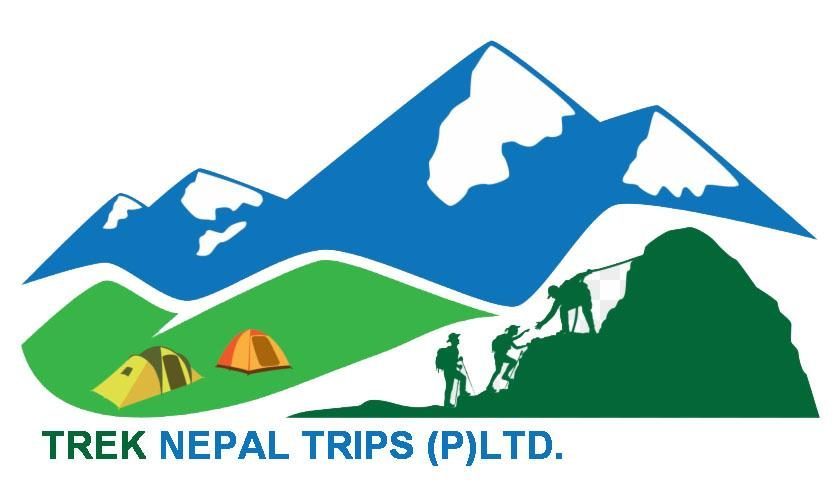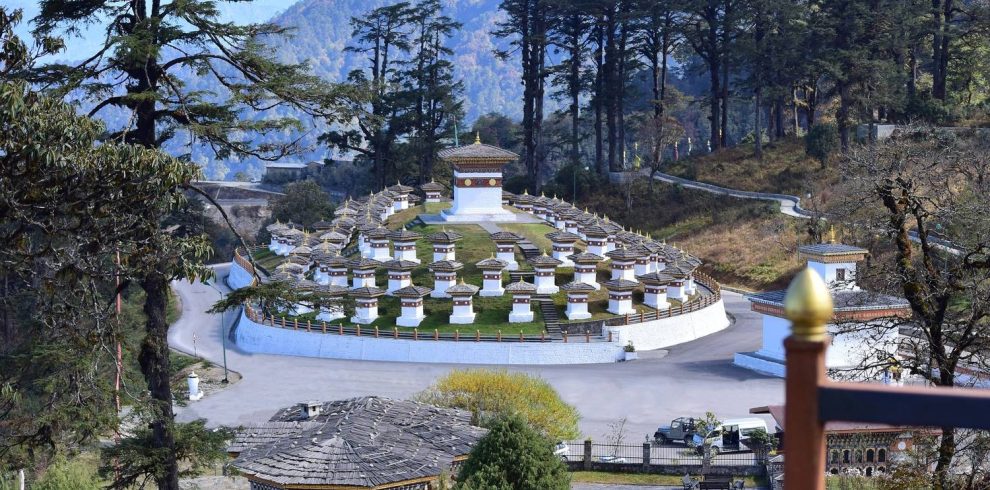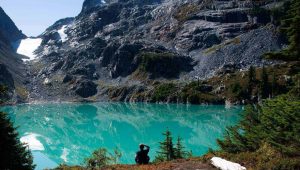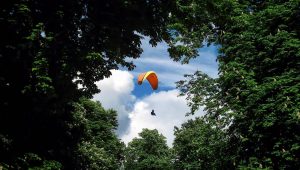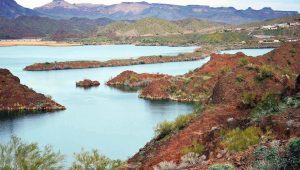Overview
“Glimpse of Bhutan” would typically refer to a brief overview or a snapshot of what the country has to offer in terms of its culture, landscapes, and attractions. Here’s a concise glimpse of Bhutan:
1. Breathtaking Landscapes: Bhutan is nestled in the eastern Himalayas, offering a diverse range of landscapes. From lush green valleys and rice terraces to snow-capped mountains and pristine rivers, Bhutan’s natural beauty is truly awe-inspiring.
2. Cultural Richness: The country is known for its rich cultural heritage and strong emphasis on preserving its traditions. Vibrant festivals, traditional attire (like the gho for men and kira for women), and intricate architecture of dzongs (fortresses) and monasteries showcase Bhutan’s unique identity.
3. Tiger’s Nest Monastery (Taktshang): Perhaps the most iconic image of Bhutan, the Tiger’s Nest Monastery perches dramatically on the edge of a cliff, offering breathtaking views and a spiritual experience for visitors who hike up to it.
4. Gross National Happiness (GNH): Bhutan’s unique development philosophy prioritizes Gross National Happiness over GDP. This approach focuses on holistic well-being, cultural preservation, sustainable development, and environmental conservation.
5. Dzongs and Monasteries: Bhutan is dotted with impressive dzongs and monasteries that serve as spiritual and administrative centers. These buildings, often nestled in stunning locations, reflect Bhutanese architecture and spiritual significance.
6. Chele La Pass: The Chele La Pass, one of the highest motorable passes in Bhutan, offers sweeping views of the Himalayas and the surrounding valleys. It’s a destination for nature enthusiasts and photographers.
7. Bhutanese Cuisine: Bhutanese cuisine includes dishes like Ema Datshi (spicy chili and cheese), red rice, and momo (dumplings). The cuisine often features a blend of flavors and a touch of spiciness.
8. Unique Travel Regulations: Bhutan has regulated tourism to preserve its culture and environment. Travelers must book through authorized tour operators and pay a daily fee that covers accommodation, meals, transportation, and a sustainable tourism royalty.
9. Pristine Environment: Bhutan places a strong emphasis on environmental conservation. The country is known for its commitment to maintaining a high percentage of forested land and its efforts to remain carbon neutral.
10. Warm Bhutanese Hospitality: Bhutanese people are known for their warmth and hospitality. Visitors often find themselves immersed in local culture through interactions with friendly locals.
